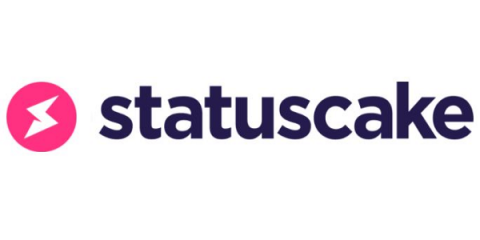Systems | Development | Analytics | API | Testing
%term
How to get started with ThoughtSpot for ServiceNow Analytics
Since the start of the pandemic, business demands on your IT team have skyrocketed. You need granular, actionable insights to keep up with the speed and volume of digital transformation projects and IT incidents occurring across your organization. Canned reports from SaaS-based systems like ServiceNow aren’t fundamentally built for analytics.
Improve Your Life with Long Error Messages
It is incredibly helpful to quickly detect when a customer encounters an error and where the error originated from in your source code. Thankfully, this is where many interpreted languages shine. They always include a complete backtrace — the path where the call was made, which caused the error to be raised (or thrown). In AppSignal, any error alert will bring you to an incident detail page that shows you that backtrace.
Fivetran Now Deploys on Microsoft Azure
Our joint customers can remain within Azure for all their cloud services, facilitating compliance and minimizing data movement costs.
Reduce Feedback Loops for Customers Integrating your API
We can all remember a time when we had a negative experience with a platform service. Perhaps we ran into a set of reoccurring errors or the platform was unreliable and continually crashed. The classical example of this might be the early days of Apple Maps. In any case, the common thread of these experiences is the feeling of frustration from valuable time lost, resulting in a tarnished relationship with the product. Thankfully, in the world of APIs, customer-facing teams have taken note.
Why Use Correlation Analysis in Data Analytics?
When organizations track metrics by the thousands, millions, or even billions, it’s helpful in many ways to understand which metrics have close relationships, meaning when one metric behaves in a certain way, one or more additional metrics can be expected to behave in a similar or opposite way.
Interview with Kamil Walkowiak
In the latest instalment of our interviews speaking to leaders throughout the world of tech, we’ve welcomed Kamil Walkowiak CTO and VP of R&D at cux.io, an app for UX Automation, behaviour and user experience analysis, currently operating in 102 countries. Kamil is the author of the UX Automation concept and teaches companies how to create more "observable" websites.
Why password security is more important than ever
Stop what you’re doing and make your passwords more secure! How, you ask? Read on to find out. It’s become very anecdotal when we speak about passwords for our online accounts and why these might matter. We all take this very lightly and assume that no one can guess or work out what our passwords are and thus we think no one will be able to access our most sensitive information be it online bank accounts, Amazon accounts, or your emails. We are wrong.











